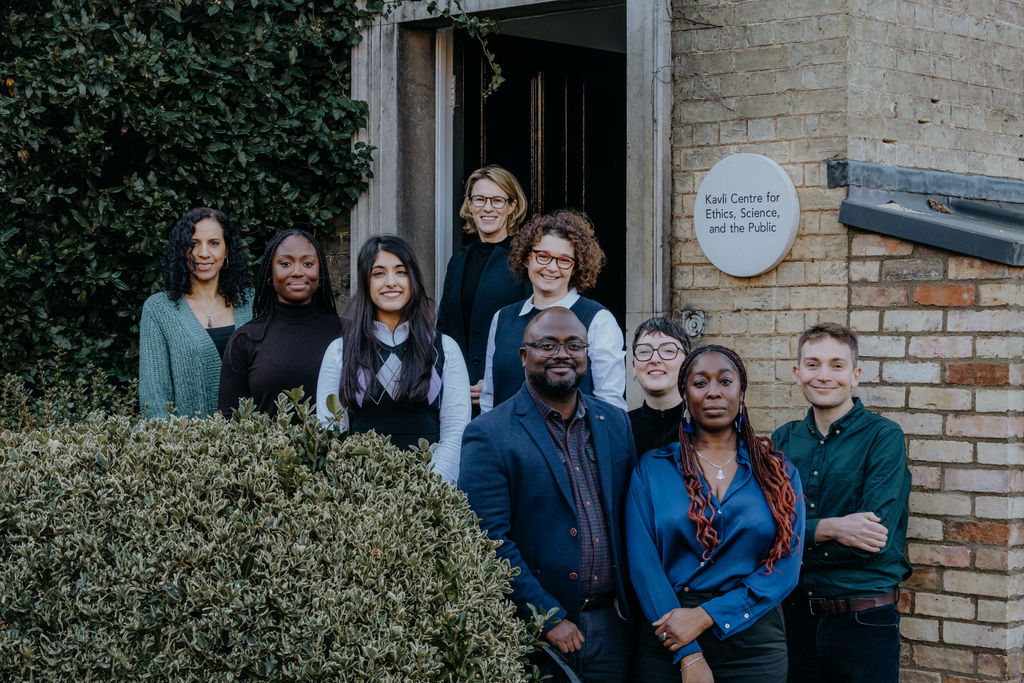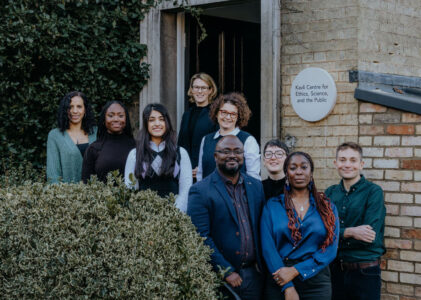Author: Mariam Rashid
With a few months left before the end of my PhD, like many others I had begun to consider the daunting task of job applications. This was daunting not only because today’s job market is notoriously difficult to navigate, but also because I had a rather specific notion as to what I wanted to do.
I wanted to work in public engagement and outreach. However, I didn’t want to work somewhere that ignored the many problems in academia and science. Existing as a south asian woman in astrophysics hadn’t been easy, and I didn’t want to pretend it was. Many public engagement and outreach roles tend to feel very rose-tinted – look how cool we are! Look at what we’re doing! Isn’t it amazing?! Well, yes. Usually, it is pretty amazing. But positioning myself, a minority, as the person who makes those statements would implicitly imply that all the issues I’d faced didn’t exist. That wasn’t a position I wanted to be in, or a farce I wanted to perpetuate. But I did want to do public engagement, I did want to do outreach within science, and I did want to do it based at a university. I also didn’t want a job that failed to recognise the power of the arts – I have a background in theatre and textile art, which I wanted to bring to my work if I could. Whilst still… working as a scientist. And if I could do it all while still feeling like a researcher, that would be the icing on the cake!
It was all very contradictory.
Scrolling through my emails however, I saw a job advert that made all those contradictions disappear.
Several months (PhDs have no respect for timelines, really) later, on the 1st of September 2023, I started my job as an Engagement Associate at the Kavli Centre for Ethics, Science, and the Public. This is a place where creative methods of engagement are key, and where we don’t shy away from the very real issues present in science and academia. My role would be a research post with a focus on engagement, and on bringing our ideas about effective engagement to life in real public events.
These public events centre around conversations about the ethics of science. What kind of future do we want? And who gets to decide? These kinds of questions were things I could talk about for hours with my friends, so that ethics focus was another real draw to the job for me. The research at KCESP is not about answering all the questions, but facilitating broader public discussion with scientists about the ethics of their work.
My first three months has seen me support our Citizen’s Jury Reunion event, pop-up a Hopes And Fears stand at a mini AI conference, plan and host 3 days of an AI-themed Hopes and Fears Lab as part of the AI Fringe, and take a trip to Berlin for the Falling Walls Summit.
I’d say there are three key things I’ve learnt about the centre while doing it:
- They mean what they say, and they act to back it up.
- Creativity is an untapped well of potential that they are trying (in my humble opinion, successfully) to harvest.
- Everything is underpinned by the rigorous academic research you’d expect from any Cambridge University centre.
They mean what they say and their actions speak even louder than their words. For example, the KCESP team want to reach disengaged audiences and demographics. This isn’t a sweeping, tokenistic statement, as it often feels like to those of us who class as a ‘disengaged demographic’. The team themselves have all taken anti-racism training, and they all read and learn about the specific communities they are trying to reach with any particular event. There is a real, deep desire to engage with everyone, and a solid understanding about why that is so important.
Perhaps this is because the mission of the centre fundamentally requires the representation of everyone – we can’t discuss our shared future unless everyone is in the room. And maybe we won’t all agree on what that future should look like – that’s okay. The important thing is that we all think about it, talk about it, and hear each other. They want to hear everyone and the actions of the team in and outside of work reflect that in a way I didn’t realise I hadn’t expected.
Creativity is often thrown around like a magic word – something we should all aim for, but a nice-to-have rather than a necessity. Oftentimes, we fall back on easy things like public lectures as a means of communicating our research. When KCESP talk about creative methods of engagement however, they are very serious. We have worked with local and community artists, filmmakers, and live illustrators for our projects. Art is a bridge – something deeply human that connects us all to not only ourselves but each other. This is embraced in the work at KCESP, and used as a key tool for reaching people.
And all of this – who, why and how they work – is underpinned by rigorous academic research. They ask the research questions, conduct the focus groups and detailed studies, and then produce engagement events that reflect the conclusions drawn. This combination of the scholarship of Public Engagement with the ability to plan and execute events in response to the results of that research is something I haven’t seen before, and something I’m very excited to be a part of!
I’ll round this out with what my favourite thing about my new job has been:
Everyone at KCESP is, first and foremost, human.
Every person in the team is crucial, and valued. Everyone’s allowed to have problems – personal or otherwise – and is deserving of empathy, regardless of how busy the work might be. It sounds obvious when I write it down, and like common decency, but I think we usually have a culture of separation and professional detachment. At work you are not human – you are an employee and that is all you are allowed to be. That’s how most work environments seem to work. That isn’t how KCESP works, and I hope the attitude I’ve seen here will be more commonplace in the future.


